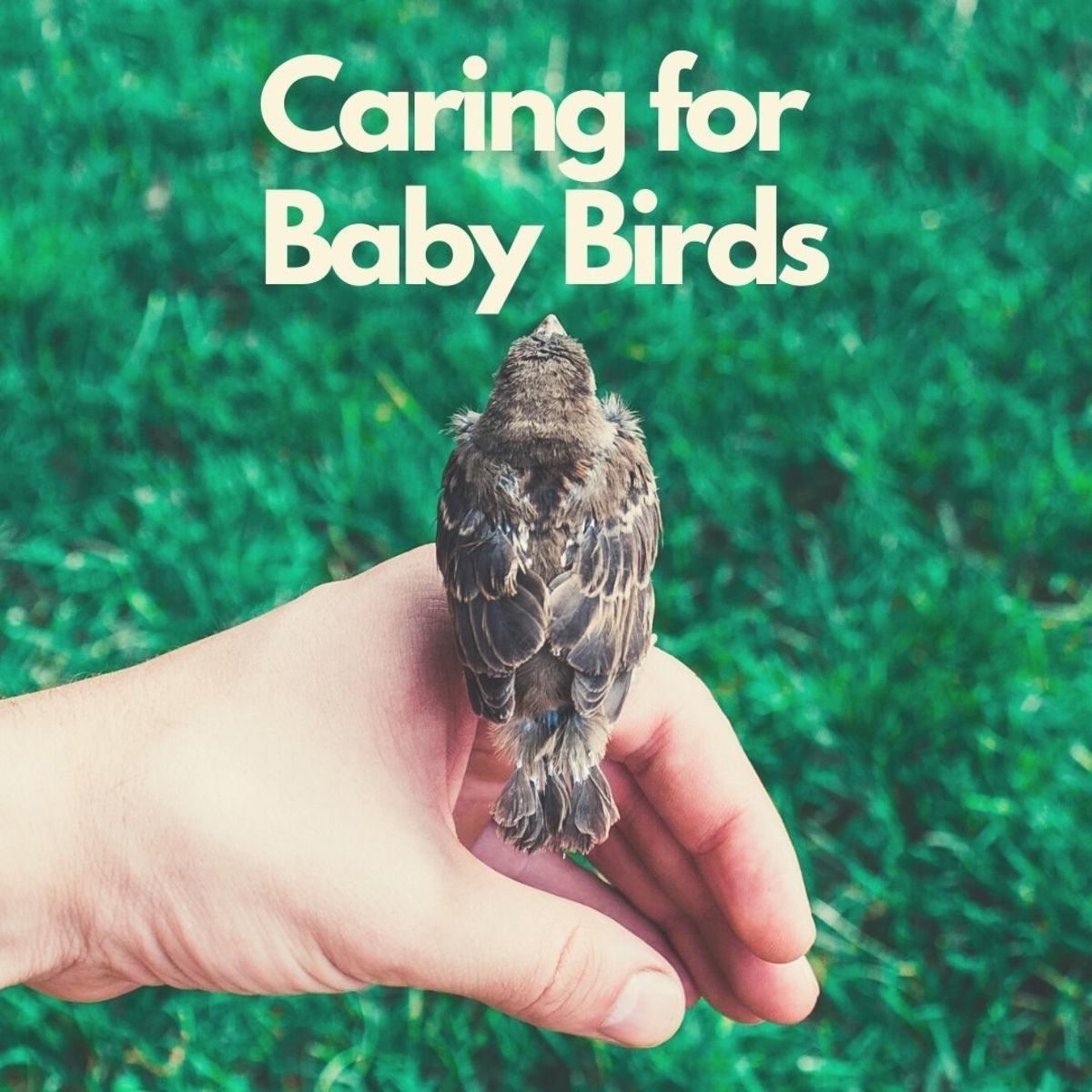
How to Care for a Wild Baby Bird
Introduction
Finding a baby bird outside of its nest can be a distressing experience. However, it’s crucial to remember that not all baby birds need human intervention. If the bird is uninjured and appears healthy, it’s best to leave it alone and observe it from a distance. The parents are likely nearby and will continue to care for it.
However, if the baby bird is injured, orphaned, or in immediate danger, it may require human assistance. In such cases, it’s essential to provide proper care to ensure its survival and well-being. Here’s a comprehensive guide on how to care for a wild baby bird:
1. Assess the Situation
Before handling the baby bird, assess the situation carefully.
- Observe the bird from a distance: Check if the parents are nearby. If they are, give them space and observe their behavior. They may be feeding or protecting the baby.
- Examine the bird for injuries: Look for any visible wounds, broken bones, or signs of distress. If the bird is injured, it requires immediate veterinary attention.
- Determine the bird’s age: Baby birds have different needs depending on their age. Estimate the bird’s age based on its size, feather development, and behavior.
2. Create a Safe and Warm Environment
Once you’ve assessed the situation, create a safe and warm environment for the baby bird.
- Line a small box with soft material: Use a shoebox or a small plastic container lined with a soft cloth or paper towels.
- Provide a heat source: Place a heating pad or a hot water bottle wrapped in a towel in one corner of the box. Ensure the heat source is not too hot and that the bird can move away from it if needed.
- Cover the box: Cover the box with a breathable material, such as a thin cloth or mesh, to provide privacy and darkness.
3. Feed the Baby Bird
Feeding a baby bird requires specialized care and a specific diet.
- Determine the bird’s diet: Different bird species have different dietary needs. Research the type of bird you have and determine its appropriate diet.
- Use a syringe or dropper: Use a small syringe or dropper to feed the baby bird. Avoid using cotton swabs or toothpicks, as they can damage the bird’s delicate beak.
- Feed the bird frequently: Baby birds need to eat every 15-30 minutes during the day. The amount of food depends on the bird’s age and species.
- Provide water: Offer the bird water regularly using a dropper or a shallow dish.
4. Keep the Bird Clean
Maintaining hygiene is crucial for the baby bird’s health.
- Clean the box regularly: Remove any soiled material from the box and replace it with clean bedding.
- Clean the bird’s beak and vent: Gently wipe the bird’s beak and vent with a damp cloth to remove any food residue or droppings.
- Avoid bathing the bird: Baby birds should not be bathed, as it can chill them and make them more susceptible to infections.
5. Handle the Bird Minimally
Handling the baby bird should be kept to a minimum to avoid stress and potential harm.
- Only handle when necessary: Handle the bird only when feeding, cleaning, or providing medical care.
- Support the bird’s body: When handling the bird, gently support its body with your hands to prevent injury.
- Avoid touching the bird’s feathers: The oils from your hands can damage the bird’s feathers, affecting its ability to fly.
6. Seek Veterinary Care if Needed
If the baby bird is injured, sick, or not responding to care, seek veterinary attention immediately.
- Contact a wildlife rehabilitator: Wildlife rehabilitators are trained professionals who specialize in caring for injured or orphaned wildlife. They have the necessary knowledge and facilities to provide proper care.
- Provide detailed information: When contacting a wildlife rehabilitator, provide detailed information about the bird, including its species, age, condition, and any symptoms it may be exhibiting.
7. Release the Bird Back into the Wild
The ultimate goal of caring for a wild baby bird is to release it back into its natural habitat.
- Ensure the bird is fully developed: Release the bird only when it is fully feathered, has developed its flight skills, and is capable of feeding itself.
- Choose a suitable release site: Select a release site that is similar to the bird’s natural habitat and where it has a good chance of survival.
- Monitor the bird after release: Observe the bird from a distance after release to ensure it is adapting well to its surroundings.
Additional Tips
- Avoid feeding the bird human food: Human food is not suitable for baby birds and can cause health problems.
- Do not keep the bird as a pet: Wild birds are not meant to be kept as pets. They require specialized care and a natural environment to thrive.
- Educate yourself: Research the specific needs of the bird species you are caring for to provide the best possible care.
- Be patient and compassionate: Caring for a baby bird requires patience, dedication, and a genuine love for wildlife.
Conclusion
Caring for a wild baby bird can be a rewarding experience, but it also comes with significant responsibility. By following these guidelines, you can provide the necessary care and support to help the bird recover and return to its natural habitat. Remember that the well-being of the bird should always be your top priority.
